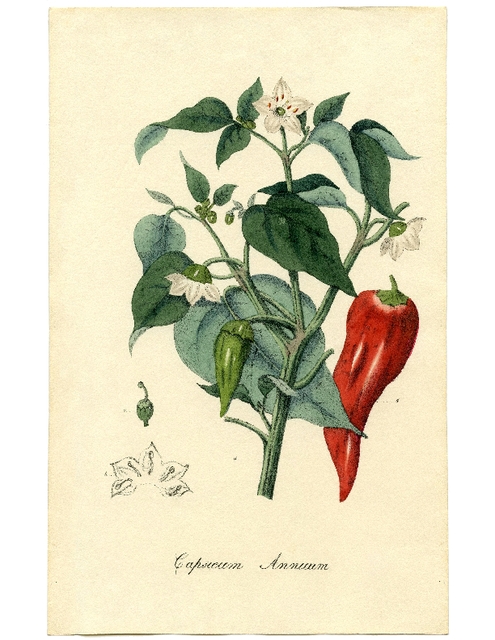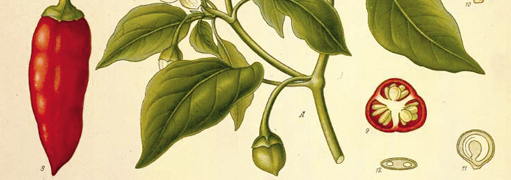Flash In The Pan: Red Chile Dreams
How To Survive Until Next Roasting Season


Latest Article|September 3, 2020|Free
::Making Grown Men Cry Since 1992


